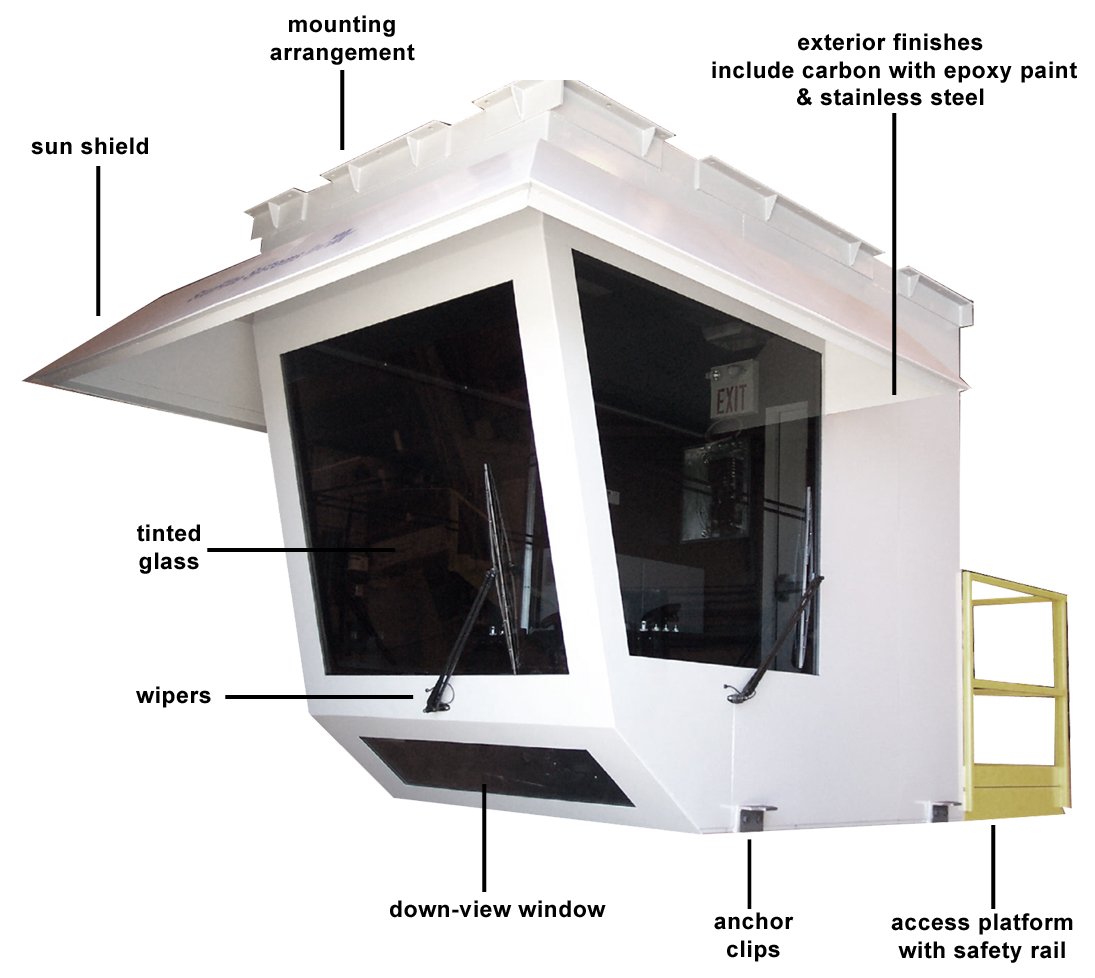
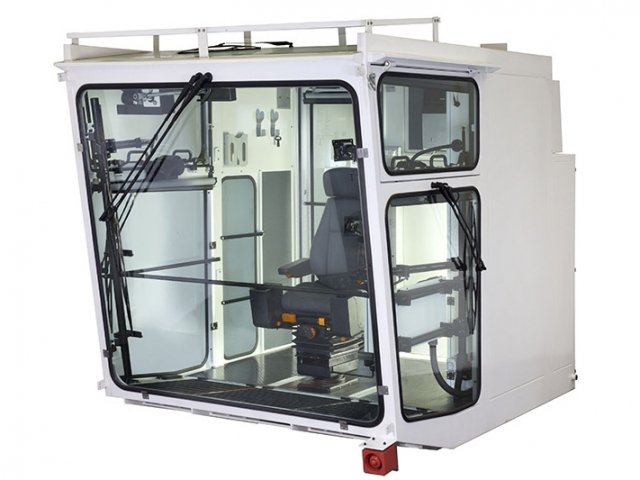
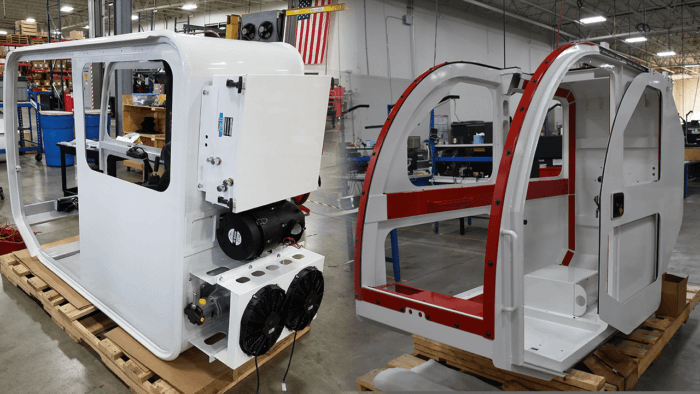




Cab
The marine crane cab, also known as the crane operator’s cabin or control cabin, is a specialized compartment on a marine crane where the operator manages and controls the crane’s various functions. This cabin is designed to provide a comfortable and ergonomic workspace for the operator while ensuring clear visibility of the lifting and loading operations. Here’s a brief description of key features and functionalities of a marine crane cab:
- Location: The crane cab is typically positioned on the crane structure, offering an elevated vantage point for the operator to have a clear view of the loading and unloading operations. The location may vary based on the crane type and design.
- Structure and Materials: The marine crane cab is constructed with materials that can withstand the harsh marine environment, including exposure to saltwater, humidity, and extreme weather conditions. Common materials include corrosion-resistant alloys or coated steel.
- Visibility: The design of the crane cab emphasizes visibility, with large windows and often glass panels in the floor to allow the operator to see the load and the surrounding area. Clear visibility is crucial for safe and precise crane operations, especially in busy port environments.
- Operator Controls: The cab houses the control console, which includes joysticks, levers, buttons, and touchscreens. These controls enable the operator to manipulate the crane’s movements, including lifting, lowering, slewing, and extending or retracting the boom.
- Ergonomics: The interior of the crane cab is designed with ergonomic principles to ensure the operator’s comfort during extended working hours. Adjustable seats, climate control systems, and noise reduction features contribute to a conducive working environment.
- Safety Features: The crane cab incorporates various safety features to protect the operator and the equipment. This may include emergency stop buttons, alarms, and safety interlocks to prevent unsafe conditions or operations.
- Communication Systems: Communication systems, such as intercoms or radios, are often integrated into the crane cab to facilitate communication between the operator and ground personnel. This is crucial for coordinating lifting operations safely.
- Instrumentation and Displays: The cab is equipped with instrumentation and displays that provide the operator with real-time information about the crane’s status, load weight, boom angle, and other relevant data. This information assists the operator in making informed decisions during lifting operations.
- Environment Control: Heating, ventilation, and air conditioning (HVAC) systems are incorporated into the crane cab to maintain a comfortable working temperature for the operator, regardless of external weather conditions.
- Access and Exit: Safe and convenient access to the crane cab is essential. This often involves sturdy access doors, steps, and handrails. Emergency exit options may also be included for contingency situations.
In summary, the marine crane cab serves as the central command post for crane operations. Its design prioritizes visibility, operator comfort, safety, and efficient control of the crane functions, ensuring that lifting operations can be carried out safely and with precision in the challenging marine environment.











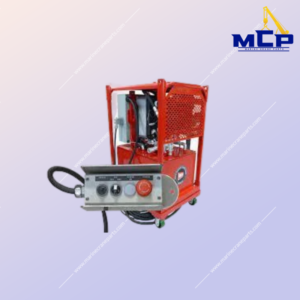
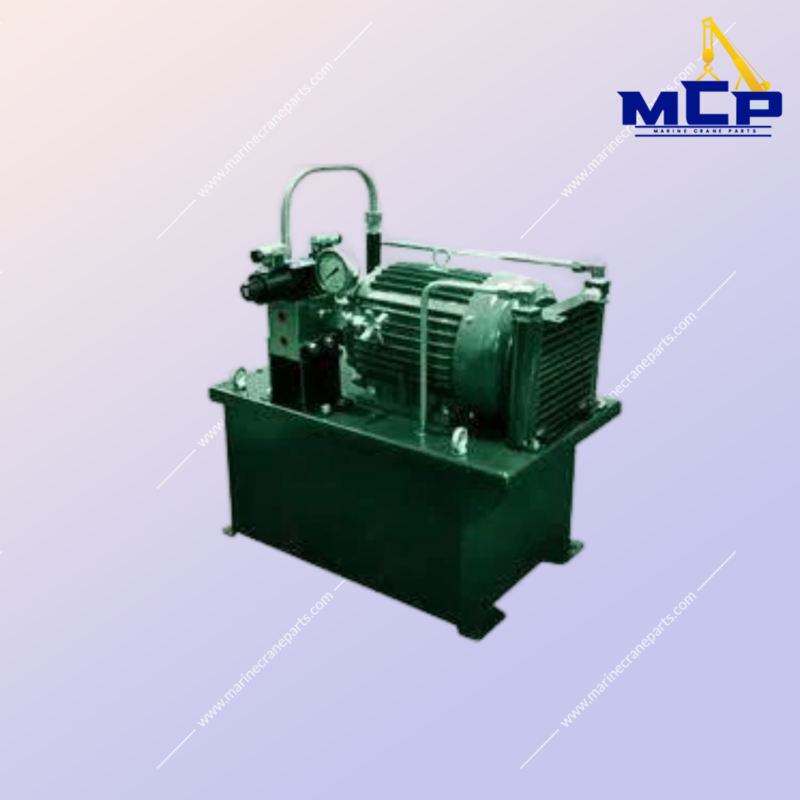
Reviews
There are no reviews yet.